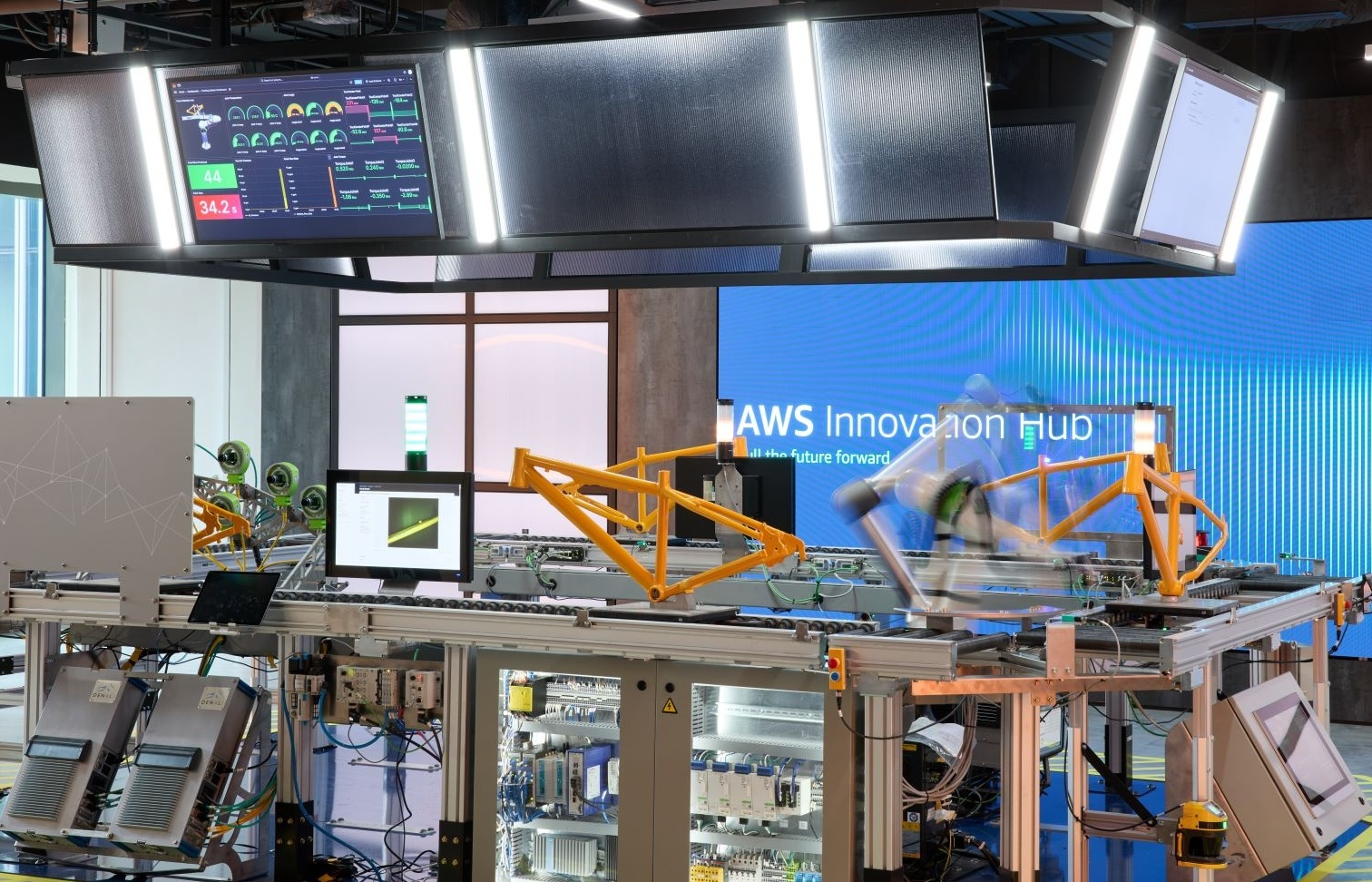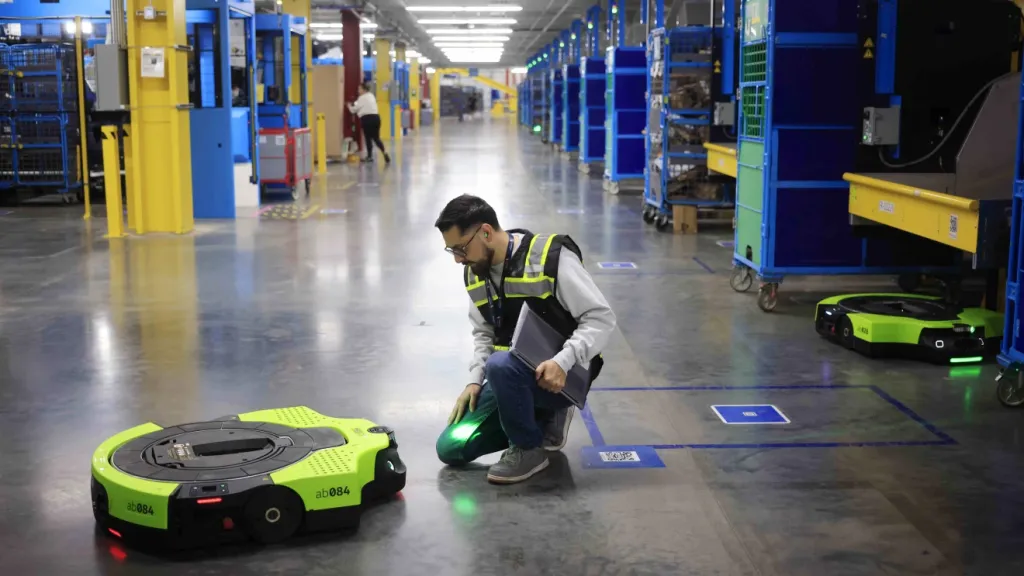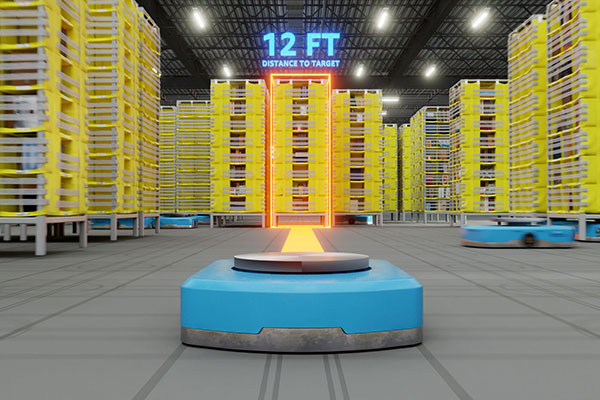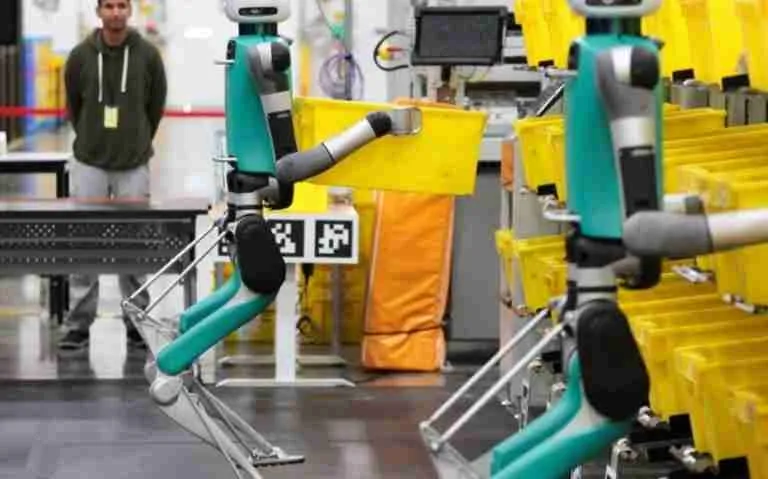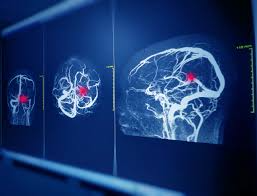
Breakthrough AI System Accurately Detects Brain Aneurysms, Promises Faster Diagnosis and Improved Outcomes
A team of neuroscientists and AI researchers has unveiled a groundbreaking artificial intelligence system capable of accurately detecting brain aneurysms from imaging scans in seconds, a technological leap that could transform how hospitals diagnose and treat one of the most dangerous neurological conditions.
Developed jointly by researchers at Stanford University’s AI in Medicine Lab and the Johns Hopkins Department of Radiology, the new system named CerebrumNet has shown over 94% sensitivity and 92% specificity in detecting cerebral aneurysms from computed tomography angiography (CTA) and magnetic resonance angiography (MRA) scans. In real world clinical trials across four major hospitals, the system was able to flag subtle aneurysms that radiologists sometimes miss, especially those smaller than 3 millimeters.
What Are Brain Aneurysms?
Brain aneurysms, also known as intracranial aneurysms, are weak or bulging areas in the wall of a blood vessel in the brain. If undetected, they can rupture and cause a hemorrhagic stroke, often with fatal consequences. Up to 50% of ruptured aneurysms result in death, and many survivors suffer long term neurological impairment.
Early detection is crucial, but current diagnosis methods are time consuming, dependent on radiologist availability, and sometimes miss minute or atypical aneurysms especially in emergency cases.
AI That Learns From Millions of Images
CerebrumNet was trained on over 2.5 million annotated medical scans from global datasets, including anonymized patient data from hospitals in the U.S., Europe, and Asia. It uses a multi layer convolutional neural network (CNN) to analyze 3D brain images in real time and highlight areas with abnormal vascular geometry, texture, or flow.
What sets it apart is its ability to distinguish between real aneurysms and anatomical mimics such as vessel bifurcations or venous irregularities that often confuse less experienced radiologists.
In pilot studies, the system reduced false negatives by 45%, and improved detection rates in complex cases such as fusiform and blister aneurysms, which are typically harder to identify.
Transforming Emergency and Preventive Care
Clinicians say the technology could revolutionize not only acute care for example, in emergency rooms where patients present with sudden headaches or neurological symptoms but also preventive screening in high risk populations.
“Minutes matter in neurovascular emergencies,” said Dr. Leila Morgan, a neuroradiologist at Johns Hopkins. “This AI tool acts like a second pair of eyes faster, tireless, and highly trained. It flags risks instantly so we can act immediately.”
Hospitals using the system report that scan analysis times dropped from 20 30 minutes to under 3 minutes, freeing up radiologists to focus on confirmation and treatment planning. Surgeons can now receive annotated scans in near real time, improving pre surgical mapping and patient outcomes.
Regulatory Approval and Global Rollout
CerebrumNet is currently undergoing FDA fast track approval and has received conditional clearance for use in Europe under the CE Medical Device Directive. The developers plan to roll out the system commercially by early 2026, with priority access to stroke centers, trauma hospitals, and rural clinics where radiology specialists are scarce.
The system integrates seamlessly with existing PACS (Picture Archiving and Communication Systems), making it accessible even to mid sized hospitals without needing extensive upgrades. Plans are underway to offer a cloud based version for low resource regions, with encrypted upload and instant AI processing.
Addressing Ethical and Practical Concerns
As with all medical AI, there are ethical and clinical oversight considerations. Experts stress that AI should augment, not replace, human expertise. CerebrumNet includes built in explainability features, showing radiologists exactly which image features led to a positive detection. This transparency helps avoid over reliance and builds trust in clinical settings.
“AI is a partner in diagnosis, not a final judge,” said Dr. Miguel Chen, lead AI scientist on the project. “We designed CerebrumNet to collaborate with clinicians, not replace them. It’s about speed, safety, and shared decision making.”
The Future Toward Predictive Neurovascular Health
Beyond detection, researchers are now training CerebrumNet to predict aneurysm rupture risk using morphological and hemodynamic data potentially enabling early intervention before symptoms arise. Combined with patient history and genetic markers, future iterations may serve as part of routine brain health checkups for at risk individuals.
The advent of CerebrumNet marks a pivotal moment in the intersection of AI and neurology, where life threatening conditions like aneurysms may soon be diagnosed early, treated promptly, and ultimately prevented altogether.
For millions worldwide vulnerable to stroke and sudden brain bleeds, this is more than just technological progress it’s a lifesaving breakthrough.
Related Post
Popular News
Subscribe To Our Newsletter
No spam, notifications only about new products, updates.



